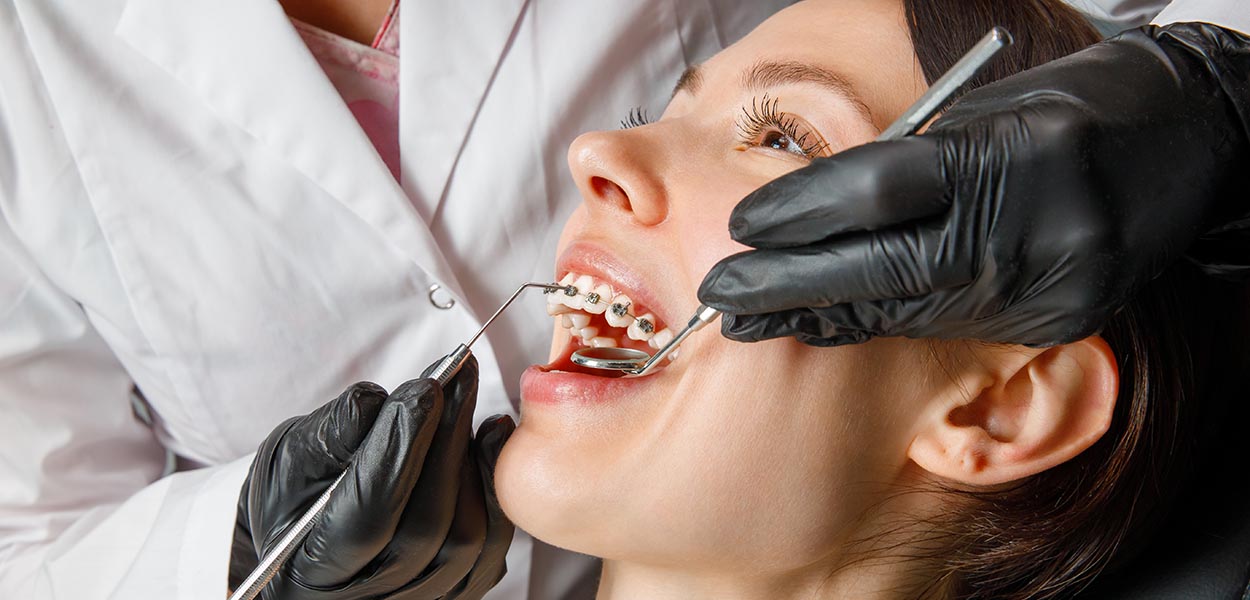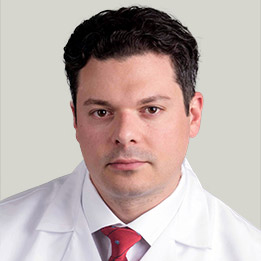Why Orthodontic Treatment Alone May Not Treat Some Diastemas

GRAYSLAKE, ILLINOIS- When we devise a treatment plan for our patients, it’s our goal to offer care that’s tailored to their specific needs. Even though many of our patients seek care for similar orthodontic problems, not every situation- such as diastemas- can be addressed using the same approach.
Approximately 97 percent of children have a diastema, or gap, between their teeth . Most children’s diastemas disappear as their mouth develops and adult teeth erupt. If gaps still exist after their permanent teeth are in place, they’ll need the help of a pediatric and adult orthodontist, like Dr. Michael Stosich, should they want to correct their smile.
There are a number of reasons why diastemas occur. Some are caused by missing or undersized teeth. If teeth are too small for the jaw, they’re likely to have gaps between them. Diastemas can also be created by bad oral habits, like thumb-sucking and tongue-thrusting.
These types of gaps, which are typically found between the front two teeth but can occur anywhere in the mouth, are usually treated with the help of braces or other orthodontic appliances, says Dr. Stosich, who owns a Grayslake orthodontics practice and offers the best braces Grayslake .
Other diastema cases can be caused by an excessive frenum or teeth that have relapsed after orthodontic treatment. Under these circumstances, treatment may include a frenectomy or fiberotomy combined with orthodontic treatment. Your orthodontist may refer you to an oral surgeon should you need to undergo either of these procedures. A team approach to care will ensure that you receive quality treatment and results that will last a lifetime.
Frenectomy is a periodontal procedure through which a portion of the frenum- or gum tissue that connects the tongue, lips or cheeks to the gums- is repositioned or removed. Once tension from an intrusive frenum is relieved, teeth can move together and stabilize to prevent future movement.
Fiberotomy, another minor periodontal procedure, is often recommended for patients whose teeth had a high degree of rotation prior to orthodontic treatment. A fiberotomy releases the elastic fibers that surround teeth and can cause them to move back to their original position, even after orthodontic treatment has been completed. This procedure works against the memory of the fibers to minimize future rotation.
However, the vast majority of diastemas can be treated with only braces or Invisalign.
Orthodontic treatment is generally used before both procedures to, in the case of a frenectomy, bring teeth together or, in the case of a fiberotomy, straighten them.
“While some patients don’t mind their diastemas, we understand that yours may cause you to be self-conscious about your smile,” says Dr. Stosich, an Invisalign provider. You can find comfort in the fact that regardless of where they’re located, the gaps between your teeth can be fixed.
Orthodontists have undergone specialized training and education to detect and successfully treat diastemas. Because we have your best interest in mind, it’s our goal to devise a treatment plan that will best cater to your orthodontic needs, whether that involves a frenectomy, fiberotomy or simply braces.
© 2012 Stosich Consulting. Authorization to post is granted, with the stipulation that Stosich Consulting is credited as sole source. Linking to other sites from this document is strictly prohibited, with the exception of herein imbedded links.


